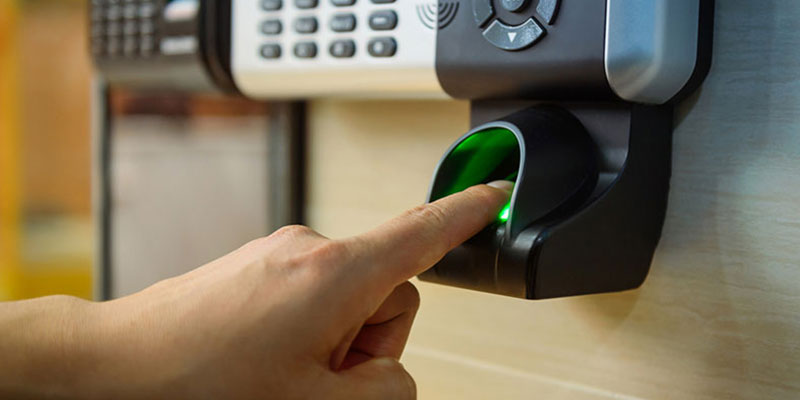
Access control systems play a critical role in any institution. They control access to parts of a building by determining who gets access to whichever part of the building or area. The most popular form is used in electronic door controls using a magnetic strip and card.
Pros
- Securing assets from unauthorized visitors.
- It allows you to track the movement of staff.
- Lower operational costs by cutting down on personnel.
- Multi-asset protection
- Minimized use of keys hence enhancing security.
- Tracking who went where and when.
- Reliable.
- Reduced cases of data breach.
Types of Systems
There are three kinds of systems to select from. These include Mandatory Access Control, Role-Based Access, and Discretionary Access.
- Mandatory Access Control
It’s undoubtedly the most secure system. Governments and high-level institutions are among the top clients using this level of access control. Under mandatory access control systems, a hierarchical approach is used to control access to resources and data.
- Role-Based Access Control
RBAC is the most popular kind of system. Leading areas of implementation include the business world and homes (where demand is steadily increasing).
System access is usually controlled by the administrator, who in turn, grants it to others depending on their roles and responsibilities.
- Discretionary Access Control
A discretionary access control system (DAC) is characterized by an administrator who limits the propagation of access rights. The administrator sets the policies that define who is authorized to access resources covered by the system.
With a plethora of benefits and features, access control systems are a must-have for anyone who values security.
